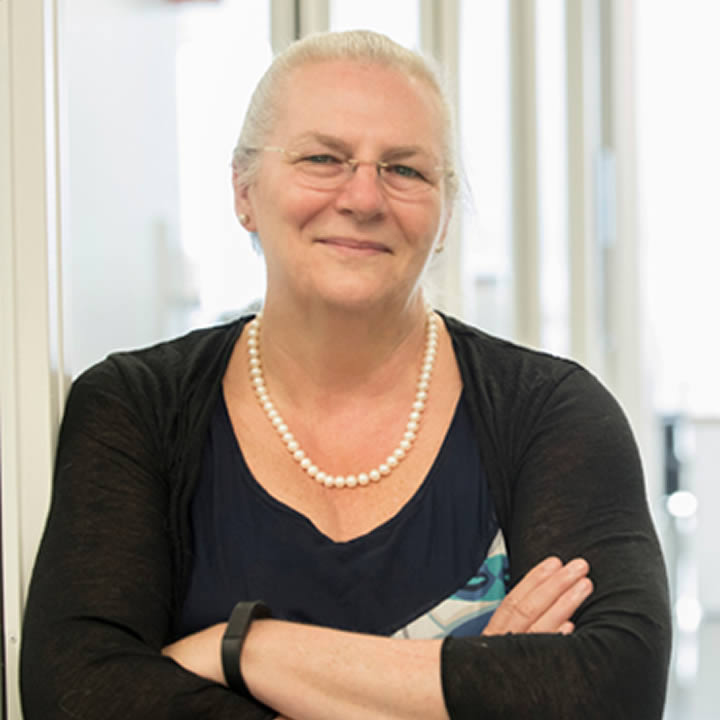Two promising studies were recently awarded joint funding by Ovarian Cancer Canada and the Cancer Research Society.
“This marks the second year of Ovarian Cancer Canada’s formal support of our operating grants competition,” says Andy Chabot, President and Chief Executive Officer, Cancer Research Society. “Since the partnership was announced there has been a marked increase in the number of submissions to address this area of much-needed research, allowing us to work together in enabling ovarian cancer research of the highest calibre.”
Following a broad national competition, 35 grant submissions focused on ovarian cancer were scored by an independent review panel. For the two top-rated submissions in this category, Ovarian Cancer Canada is providing first year funding of $60,000 with the Cancer Research Society matching the investment in the second year.
On the path to personalized care
Using the tissue banks, which are also funded in part by Ovarian Cancer Canada, one study aims to identify specific features of ovarian cancer that can help predict which patients will respond best to new therapies, including PARP inhibitors. Led by Dr. Anne-Marie Mes-Masson of the Centre de recherche du CHUM in conjunction with her collaborators Dr. Diane Provencher and Dr. Patricia Tonin, this study aims to ensure better outcomes with improved quality of life.
“Using our existing very powerful models, we intend to identify specific biological markers that can help predict a patient’s response to treatment. This will allow physicians to practice a more personalized medicine to improve the clinical management of women being treated for ovarian cancer,” says Dr. Mes-Masson, Principal Scientist; Full Professor, Department of Medicine, Université de Montréal; Scientific Director, Institut du cancer de Montréal; Director, FRSQ Cancer Research Network.

Exploring a rare, aggressive form of ovarian cancer
Meanwhile, a selected project at the Ottawa Hospital Research Institute has Dr. Barbara Vanderhyden and her team investigating a subtype of ovarian cancer called small cell carcinoma of the ovary, hypercalcemic type. This is a rare and highly aggressive form of the disease that occurs most often in younger women. The study explores its origins as well as the role of a related genetic mutation, SMARCA4, in efforts to identify potential treatments.

“Ovarian cancer is not one but a spectrum of different diseases with varying responses to treatments,” says Dr. Vanderhyden, Corinne Boyer Chair in Ovarian Cancer Research; Senior Scientist – Cancer Therapeutics, Ottawa Hospital Research Institute; Professor – Cellular & Molecular Medicine and Obstetrics & Gynecology, University of Ottawa. “This subtype presents very specific challenges. Accordingly, we aim to improve outcomes by learning more about the origins of the disease, particularly the role of genetics in its development.”
Fostering research interest
“Ovarian Cancer Canada is working to attract researchers to this area of study by building funding opportunities with strategic partners, like the Cancer Research Society,” says Elisabeth Baugh, Chief Executive Officer, Ovarian Cancer Canada.
With more submissions being received for ovarian cancer research come greater potential for funding and discoveries. In addition to the two studies being jointly funded this year, the Cancer Research Society is funding four more projects focused on ovarian cancer across the country.
“What we are seeing is a ripple effect that sends waves through the research community as more scientists realize how much is yet to be done and how ripe the environment is for studies in ovarian cancer,” adds Elisabeth.


